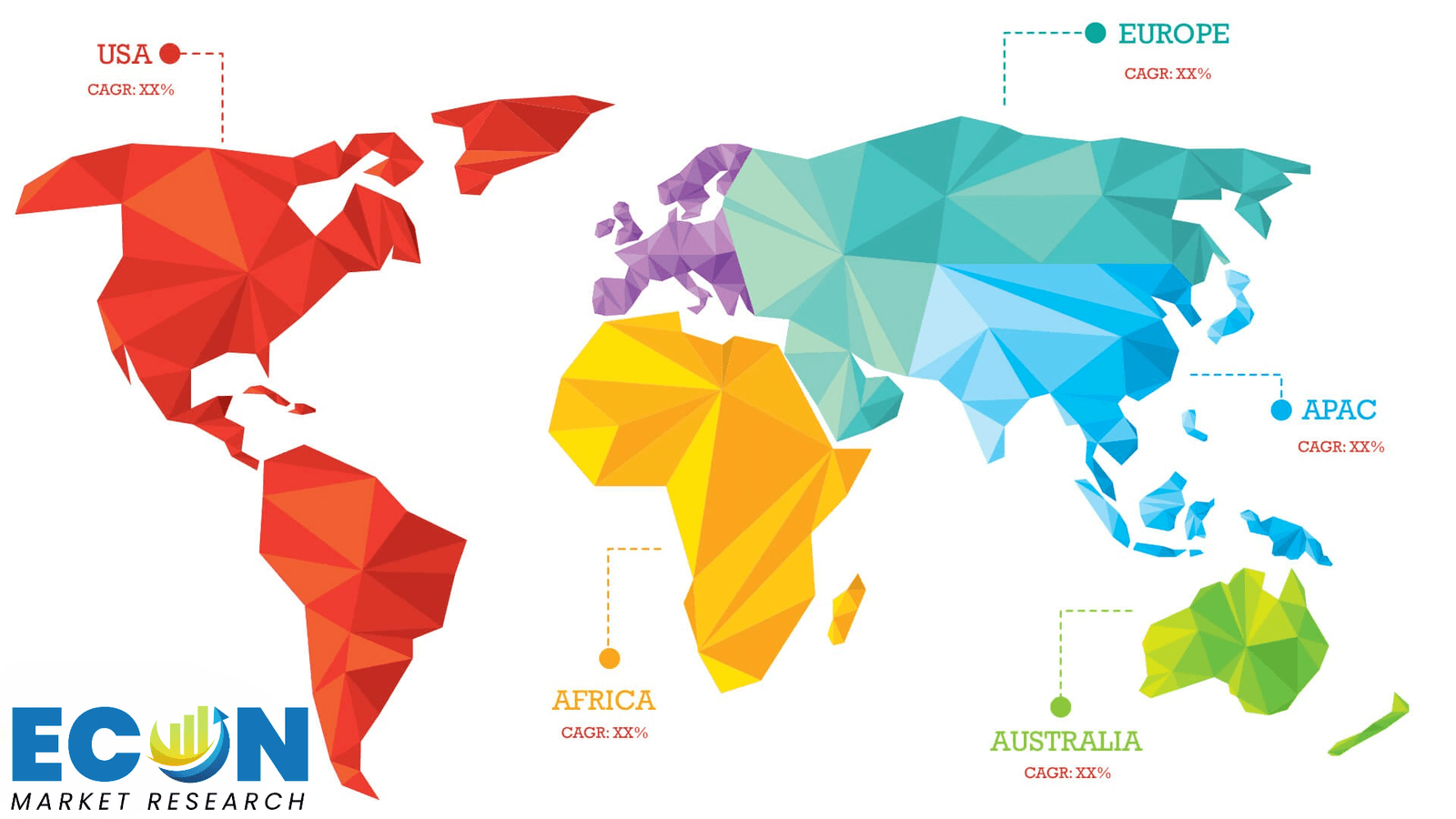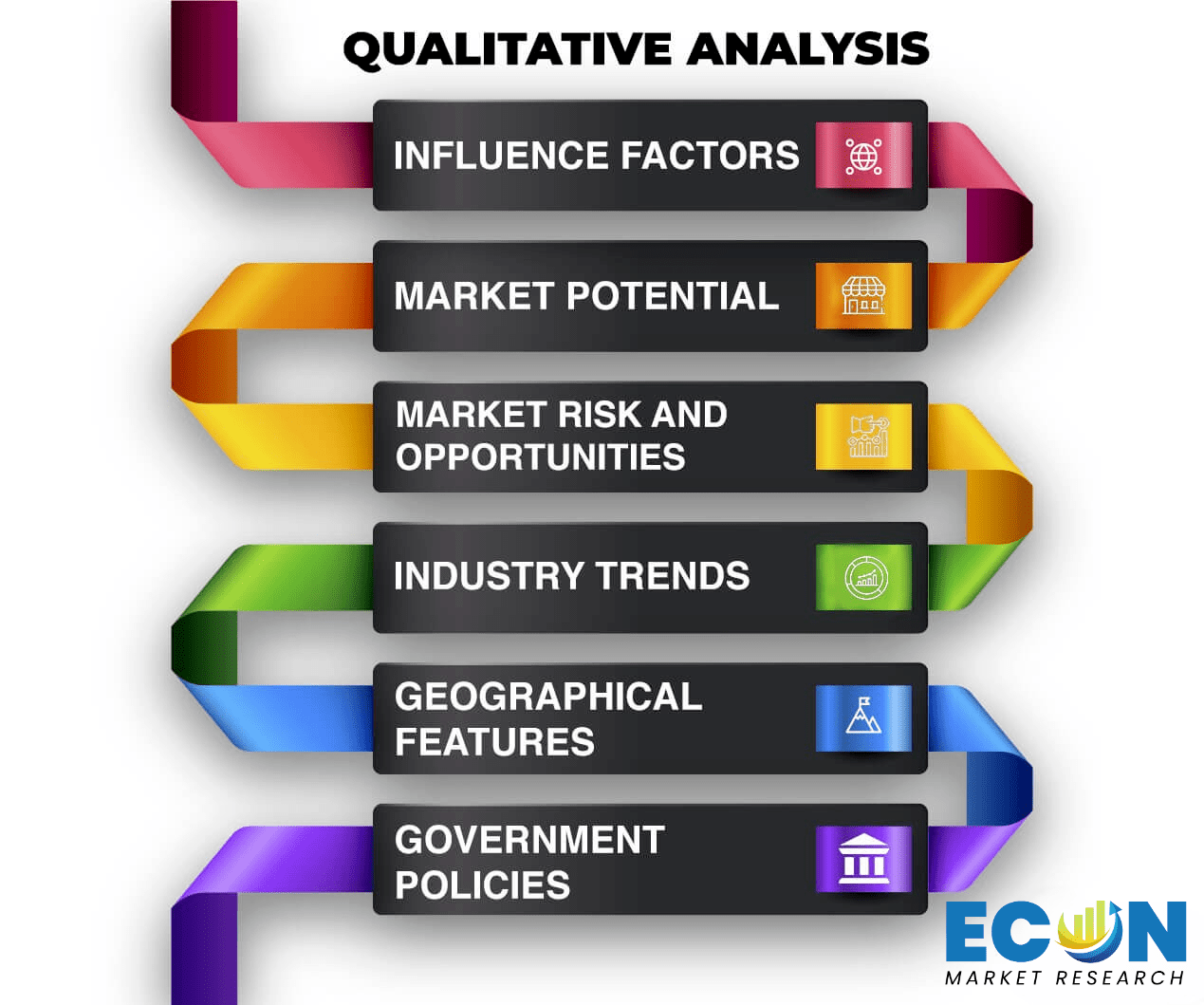Brand Licensing Market Size, Share, Trends, Growth, and Industry Analysis, By Type (Product Licensing, Character Licensing, Corporate Brand Licensing, Entertainment Licensing, Sports Licensing), Industry (Apparel & Fashion, Consumer Goods & Retail, Entertainment & Media, Sports, Food & Beverages, Toys & Games, Automotive, Electronics), Regional Analysis and Forecast 2033.
Global Brand Licensing Market size was USD 24.62 billion in 2024 and the market is projected to touch USD 37.36 billion by 2033, at a CAGR of 5.35% during the forecast period.
Brand agreement allows the licensee to leverage the reputation, recognition, and customer base of the established brand to sell the products or services. The licensor benefits by expanding its brand's reach and generating additional revenue without directly producing or selling the products. Brand licensing has, over the past few years, become an effective way through which companies enter a new market or diversify product offerings while gaining brand visibility.
The market reaches out to other sectors such as entertainment, fashion, sports, food and beverages, among many others. Growth in this sector has been exponential due to a heightened emphasis on brand recognition and consumer loyalty over the years. Businesses now view licensing as a cost-effective way to capitalize on their intellectual property yet maintain control over brand integrity. As a result, more companies will come to realize the merits of licensing agreements, thereby expanding the market.
Brand Licensing Report Scope and Segmentation
|
Report Attribute |
Details |
|
Estimated Market Value (2024) |
USD 24.62 Billion |
|
Projected Market Value (2033) |
USD 37.36 Billion |
|
Base Year |
2024 |
|
Historical Year |
2018-2023 |
|
Forecast Years |
2025 – 2033 |
|
Scope of the Report |
Historical and Forecast Trends, Industry Drivers and Constraints, Historical and Forecast Market Analysis by Segment- Based on By Type, By Industry, & Region. |
|
Segments Covered |
By Type, By Industry, & By Region. |
|
Forecast Units |
Value (USD Million or Billion), and Volume (Units) |
|
Quantitative Units |
Revenue in USD million/billion and CAGR from 2025 to 2033. |
|
Regions Covered |
North America, Europe, Asia Pacific, Latin America, and Middle East & Africa. |
|
Countries Covered |
U.S., Canada, Mexico, U.K., Germany, France, Italy, Spain, China, India, Japan, South Korea, Brazil, Argentina, GCC Countries, and South Africa, among others. |
|
Report Coverage |
Market growth drivers, restraints, opportunities, Porter’s five forces analysis, PEST analysis, value chain analysis, regulatory landscape, market attractiveness analysis by segments and region, company market share analysis. |
|
Delivery Format |
Delivered as an attached PDF and Excel through email, according to the purchase option. |
Dynamic Insights
One of the key drivers is that consumers are now demanding more recognition and loyalty to brands. Brands are using brand licensing to tap into new markets and expand product lines without large capital investment or infrastructure. As a result of this demand to expand into various product categories, regions, and consumer segments, licensing partnerships have increased in such industries as entertainment, fashion, and sports.
The growth of digital media and e-commerce has made a significant impact in the brand licensing market. Online platforms have made it easier for brands to reach larger audiences, and businesses are increasingly licensing their intellectual property to tap into the online retail space. Social media and digital marketing have also helped to increase brand visibility, thereby increasing its appeal to licensors and licensees alike. On the other hand, some challenges to consider include keeping the brand image and quality. With licensing, licensors need to choose their licensees wisely not to tarnish the reputation of their brand.
Drivers Insights
One of the most important reasons why the brand licensing market is rising across the world is due to an increasing desire for brand awareness and customer loyalty. In recent years, the concern about being more brand-aware among the customers has compelled companies to maintain a high-profile brand presence. Brand licensing, as such, has proved to be the cost-effective alternative by providing entry opportunities into the new product lines and markets, not involving substantial investment in infrastructural requirements.
An established brand can provide strength, especially through licensing agreements in the fields of fashion, sports, or entertainment. Consumer trust increases with a strong brand, and purchases are made as a result. Consequently, across various industries, companies are beginning to look toward licensing agreements as a means to extend their presence and gain a competitive edge.
Brand licensing is an efficient way through which companies can enter new markets and diversify their product lines without having to take the financial and operational risks associated with direct product development. Licensing agreements allow brand owners to enter established sectors like food and beverages, fashion, and entertainment that they would otherwise not have reached. This is particularly helpful for well-known brands with a loyal consumer base. By collaborating with local manufacturers or distributors, companies can expand their global reach, tap into new markets, and respond rapidly to consumer trends.
Restraints Insights
The potential of dilution is perhaps one of the greatest challenges when it comes to brand licensing market. Licensing to too many licensees or a third party with values and standards of quality unrelated to that brand could mean harming the image of the brand. If consumers start to associate the licensed products with low quality or irrelevant categories, then the brand value is going to be affected. The licensors have to ensure that there are rigorous selection criteria for licensees and that the quality standards are monitored closely so that the brand's integrity is maintained. The balance between broadening a brand's reach and protecting its identity is critical for long-term success.
The success of a brand licensing agreement is greatly dependent on the performance of the licensee. When the licensee does not meet the market expectations either in terms of sales volume, product quality, or marketing efforts, the brand of the licensor suffers. This reliance on external partners becomes a risk for the reputation of the brand. Effective monitoring, performance clauses, and clear guidelines are essential to mitigate these risks. Any underperformance by licensees, especially in international markets, leads to lost opportunities and weakened brand value.
Opportunities Insights
The digital age is a major opportunity for brand licensing, as e-commerce platforms provide a global stage for brand visibility and growth. Online shopping has made it easier for brands to reach consumers worldwide. Licensing agreements that include digital and e-commerce channels enable companies to tap into a broader, digitally-savvy audience.
Licensing in digital space enables a brand to allow virtual goods, digital experiences, or licensed products on online media. With more and more branding awareness through social media and influence, digital licensing agreements are significant opportunities for licensees to access new markets and generate new revenues streams while marketing to younger consumers who are growing up with all this technology.
Segment Analysis
In the global brand licensing market, the type-based segmentation comprises all the ways of licensing that help brand owners expand their presence in various categories of products. Product licensing is one of the most common types, where brand owners allow licensees to use their brand or intellectual property to manufacture and sell branded products, such as clothing or accessories. Character licensing involves the utilization of characters popularly used in entertainment, comics, or cartoons on products.
Corporate brand licensing involves licensing a company's brand name, logo, or trademarks for use on a wide variety of products, including consumer goods or promotional items, to promote a company's brand. Entertainment licensing refers to the licensing of content or intellectual property from the entertainment industry, such as movies, television programs, or music, which gives licensees the right to make products associated with popular entertainment properties. Sports licensing is another big category, whereby sports organizations or athletes license their brand on all manner of products, including apparel, accessories, and memorabilia often tied to a team or sporting event.
The study of the market by industry reveals that brand licensing is applicable across many sectors with their dynamics and opportunities for growth. In apparel & fashion, licensing can be useful so a company can extend its product line by linking its brand to clothing, footwear, and accessories, usually through partnerships with designers or influencers. Brand licensing helps expand product lines into everyday items, such as household products, cosmetics, or personal care items, leveraging the brand's reputation to boost sales.
The entertainment & media industry is one of the biggest beneficiaries of licensing because movies, TV shows, and media properties create massive opportunities for merchandise, publishing, and digital content. Sports licensing is extremely profitable when teams, leagues, and athletes license their logos, names, and pictures for the use of sports apparel, equipment, and other fan-related merchandise.
Brand licensing also heavily depends in the food & beverages sector where companies allow established brands to come up with co-branded food products, snacks, and drinks to avail themselves of consumer loyalty. In toys & games, licensing allows toy manufacturers to create products based on popular characters or themes from movies, cartoons, and video games, driving consumer demand for branded toys. The automotive industry benefits from licensing by incorporating well-known brands into car accessories, parts, and lifestyle products, enhancing the appeal of vehicles to consumers.
Regional Analysis
Brand licensing is well-established in North America, particularly in the United States, with a mature market offering significant opportunities in industries such as entertainment, sports, and apparel. The U.S. is a global leader in licensing revenues, primarily because of its dominant entertainment industry, well-known sports franchises, and consumer goods. This is further supported by a strong digital presence, growth in e-commerce, and the proliferation of licensing agreements tied to entertainment content such as films, TV shows, and gaming. In Europe, the brand licensing market is growing steadily.
The main drivers of demand for this market are fashion, consumer goods, and entertainment. Key players in the market are the United Kingdom, Germany, and France, which are using licensing agreements to penetrate new sectors and geographic regions. Licensing in Europe is also affected by the rich history of the region in fashion brands and sports teams, thus offering a big opportunity for brand extension and cross-industry partnerships. The growing popularity of eco-conscious products and the focus on sustainable licensing agreements are notable trends in this region. In Asia-Pacific, the brand licensing market is rapidly growing, with rapid growth happening in countries like China, Japan, and India.
Asia-Pacific presents a big growth opportunity with a large young population, rising disposable income, and demand for branded products in electronics, fashion, and entertainment. The emerging markets of this region offer a massive untapped consumer base for brand owners. Another significant licensing form in Japan and China is character branding from anime, video games, and entertainment franchises. Brand licensing is also emerging in Latin America and Middle East & Africa at a slower pace, with increasing interest in sports, fashion, and food & beverage licensing due to increased consumer spending and brand awareness.

Competitive Landscape
Major licensing agencies and licensors are The Walt Disney Company, Warner Bros., Nike, and Adidas. They control the market, using their vast intellectual property portfolio to secure deals across industries. Disney and Warner Bros. command the entertainment and media industry; they license Star Wars, Marvel, and Harry Potter characters into toys, clothes, and all sorts of other merchandise. The sports licensing segment has Nike and Adidas as two of its leading players, where the companies team up with teams, athletes, and organizations to produce branded merchandise and sports apparel.
These companies are highly strategic in forming partnerships with global manufacturers and distributors, which enables them to expand their brand presence internationally. In addition to these well-established players, there are smaller but growing firms as well as specialized agencies specializing in niche markets such as Character Licensing and Corporate Brand Licensing. Companies like Global Icons and Merchandising Services also selectively operate in a certain industry by offering customized licensing solutions to different types and regional markets.
The key competitive advantage in this landscape would be brand strength, strategic partnerships, and their ability to adapt and respond to the changing markets. Further fueling competition have been the advents of digital and e-commerce sites, many brand owners in quest for newer opportunities in licensing and online platforms seek newer prospects for digital licensing. Social media and influencer-led licensing are further contributing factors for brand awareness and market accessibility for the entry of small-scale firms in competitive space.
List of Key Players:
Global Brand Licensing Report Segmentation
|
ATTRIBUTE |
DETAILS |
|
By Type |
|
|
By Industry |
|
|
By Geography |
|
|
Customization Scope |
|
|
Pricing |
|
Research Methodology
Our research methodology has always been the key differentiating reason which sets us apart in comparison from the competing organizations in the industry. Our organization believes in consistency along with quality and establishing a new level with every new report we generate; our methods are acclaimed and the data/information inside the report is coveted. Our research methodology involves a combination of primary and secondary research methods. Data procurement is one of the most extensive stages in our research process. Our organization helps in assisting the clients to find the opportunities by examining the market across the globe coupled with providing economic statistics for each and every region. The reports generated and published are based on primary & secondary research. In secondary research, we gather data for global Market through white papers, case studies, blogs, reference customers, news, articles, press releases, white papers, and research studies. We also have our paid data applications which includes hoovers, Bloomberg business week, Avention, and others.

Data Collection
Data collection is the process of gathering, measuring, and analyzing accurate and relevant data from a variety of sources to analyze market and forecast trends. Raw market data is obtained on a broad front. Data is continuously extracted and filtered to ensure only validated and authenticated sources are considered. Data is mined from a varied host of sources including secondary and primary sources.

Primary Research
After the secondary research process, we initiate the primary research phase in which we interact with companies operating within the market space. We interact with related industries to understand the factors that can drive or hamper a market. Exhaustive primary interviews are conducted. Various sources from both the supply and demand sides are interviewed to obtain qualitative and quantitative information for a report which includes suppliers, product providers, domain experts, CEOs, vice presidents, marketing & sales directors, Type & innovation directors, and related key executives from various key companies to ensure a holistic and unbiased picture of the market.
Secondary Research
A secondary research process is conducted to identify and collect information useful for the extensive, technical, market-oriented, and comprehensive study of the market. Secondary sources include published market studies, competitive information, white papers, analyst reports, government agencies, industry and trade associations, media sources, chambers of commerce, newsletters, trade publications, magazines, Bloomberg BusinessWeek, Factiva, D&B, annual reports, company house documents, investor presentations, articles, journals, blogs, and SEC filings of companies, newspapers, and so on. We have assigned weights to these parameters and quantified their market impacts using the weighted average analysis to derive the expected market growth rate.
Top-Down Approach & Bottom-Up Approach
In the top – down approach, the Global Batteries for Solar Energy Storage Market was further divided into various segments on the basis of the percentage share of each segment. This approach helped in arriving at the market size of each segment globally. The segments market size was further broken down in the regional market size of each segment and sub-segments. The sub-segments were further broken down to country level market. The market size arrived using this approach was then crosschecked with the market size arrived by using bottom-up approach.
In the bottom-up approach, we arrived at the country market size by identifying the revenues and market shares of the key market players. The country market sizes then were added up to arrive at regional market size of the decorated apparel, which eventually added up to arrive at global market size.
This is one of the most reliable methods as the information is directly obtained from the key players in the market and is based on the primary interviews from the key opinion leaders associated with the firms considered in the research. Furthermore, the data obtained from the company sources and the primary respondents was validated through secondary sources including government publications and Bloomberg.
Market Analysis & size Estimation
Post the data mining stage, we gather our findings and analyze them, filtering out relevant insights. These are evaluated across research teams and industry experts. All this data is collected and evaluated by our analysts. The key players in the industry or markets are identified through extensive primary and secondary research. All percentage share splits, and breakdowns have been determined using secondary sources and verified through primary sources. The market size, in terms of value and volume, is determined through primary and secondary research processes, and forecasting models including the time series model, econometric model, judgmental forecasting model, the Delphi method, among Flywheel Energy Storage. Gathered information for market analysis, competitive landscape, growth trends, product development, and pricing trends is fed into the model and analyzed simultaneously.
Quality Checking & Final Review
The analysis done by the research team is further reviewed to check for the accuracy of the data provided to ensure the clients’ requirements. This approach provides essential checks and balances which facilitate the production of quality data. This Type of revision was done in two phases for the authenticity of the data and negligible errors in the report. After quality checking, the report is reviewed to look after the presentation, Type and to recheck if all the requirements of the clients were addressed.
